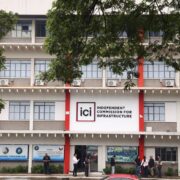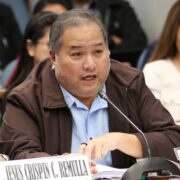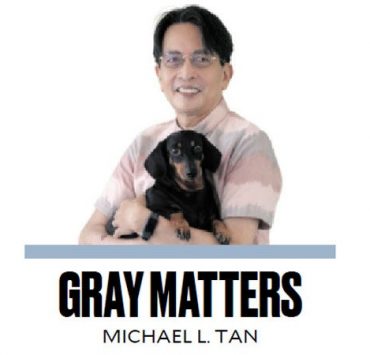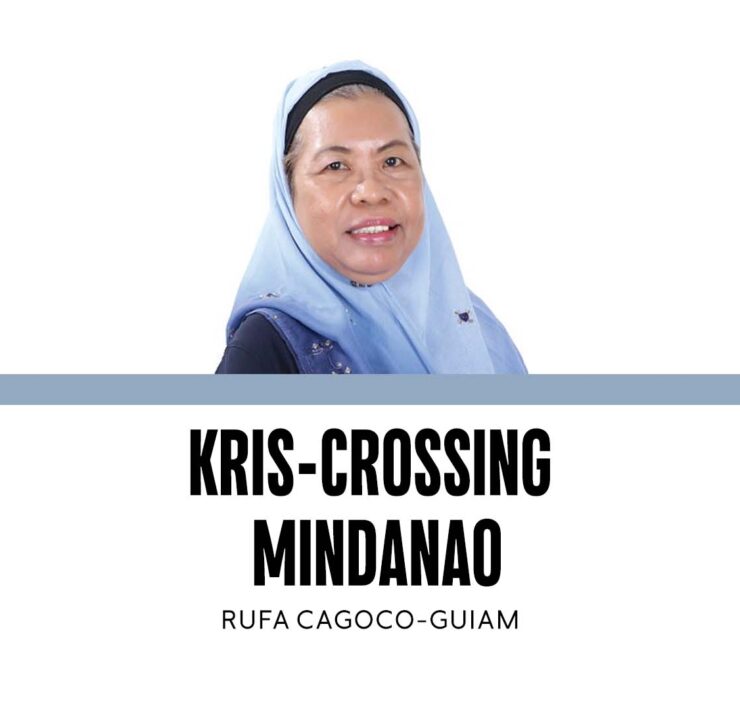Of matrices and templates
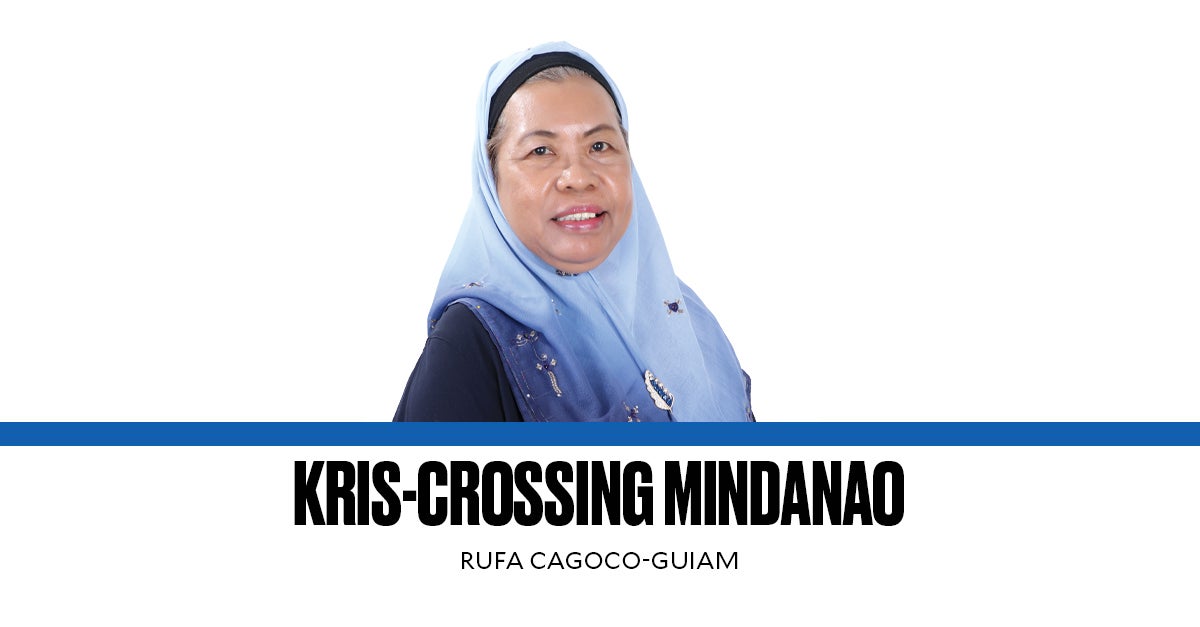
Among social development workers and researchers, matrix and template are technical terms referring to a table showing data (matrix) and a guide or format for writing a report (template).
Associated with former president Rodrigo Duterte’s deadly war on drugs, these two terms are taking on new, albeit eerie meanings that bring chills down our spine.
Several months back, the so-called “Davao matrix” was unraveled, with no less than the former president at its apex. After him are his most trusted wards, former Philippine National Police chief Ronald “Bato” dela Rosa, and former special presidential aide, Christopher “Bong” Go, currently also a senator. Both were elected as among the top five senators in the 2019 elections.
The Davao matrix showed the flow of command and money from the former president to Dela Rosa then Go, and from the latter to his most trusted employee at the Presidential Management Staff, Irmina “Muking” Espino. Espino is allegedly the bag lady who distributed the reward money to identified police officers, chiefs, Philippine Drug Enforcement Agency functionaries, and even private citizens who have become valuable police assets in the war on drugs.
On the other hand, the so-called “Davao template,” as disclosed by former PNP officer Royina Garma, refers to a process that includes three levels in paying off police officers or other actors in Duterte’s drug war who can “neutralize,” aka kill, suspected drug lords or even drug pushers on the streets. Under this guide or template, there were three levels in the payment system—1) when a target suspect is killed; 2) when planned operations are funded (Garma refers to these as “COPLANS”); and 3) when cops’ operational expenses are refunded.
In her testimonies, where she broke down once, Garma disclosed that different amounts were given, depending on the target who had been killed. She said the amounts ranged from P20,000 to P1 million. However, she refused to disclose that she knows how the “bracketing” or the classification is done—on whether one is considered a high-value target, like a big name in the illegal drug trade, or just an ordinary drug pusher roving the streets. But Garma confirmed that monetary rewards were only given for killings, not for arresting the person of interest as far as the illegal drug trade was concerned then.
It is interesting how these two terms have been appropriated by a regime that was marked mainly by its rabid war on drugs, to mean things associated with the complicated ways they created killing machines among the people in uniform at the PNP. It has also normalized the practice of gangsterism in the country’s security group which is supposed to ensure our protection from crimes and other violent incidents.
For those of us in social development work, these two terms are key in our efforts to capacitate our stakeholders and partners in jointly crafting action plans on how they are going to address prevalent community problems. They are thought of to be guiding them on how to uplift their lives without having to depend on external donors interminably. They know that their development partners have a timeline for assisting them and consider action plans as one of their shields to ensure they are going to create meaningful change in their lives. They can monitor these plans through the different matrices and templates they have jointly identified to periodically check on their progress.
While it is everyone’s right to use words as they please, and to come up with their own meanings of these words, it is worrisome that both former and present leaders are bent on distorting many concepts that have been associated with social development and change.
In the Duterte matrix and template, these words are guides to how anomalous fund transfers are used to kill people, even if they justify the killings as part of their work to respond to those who are allegedly committing crimes (like fighting back against arresting police officers).
The unraveling of Duterte’s orchestrated extrajudicial killings to stem the drug menace has put to the fore the kind of “gangster” leadership that the former president has shown and continues to show at present. He has filed his candidacy for mayor, again, of Davao City. His son, Baste, the current mayor, declared last March a new war against drugs and has told drug users: “If you don’t stop, if you don’t leave, I will kill you.”
It is time to get rid of the so-called matrices and templates for creating killing machines among the PNP officers and normalizing violence in controlling one of our persistent and recurring problems of illegal drug use. Come to think of it, after six years of using these “templates” for solving the illegal drug problem, we are still facing it, and it seems that it has become even more intense, based on recent reports.
—————
Comments to rcguiam@gmail.com






